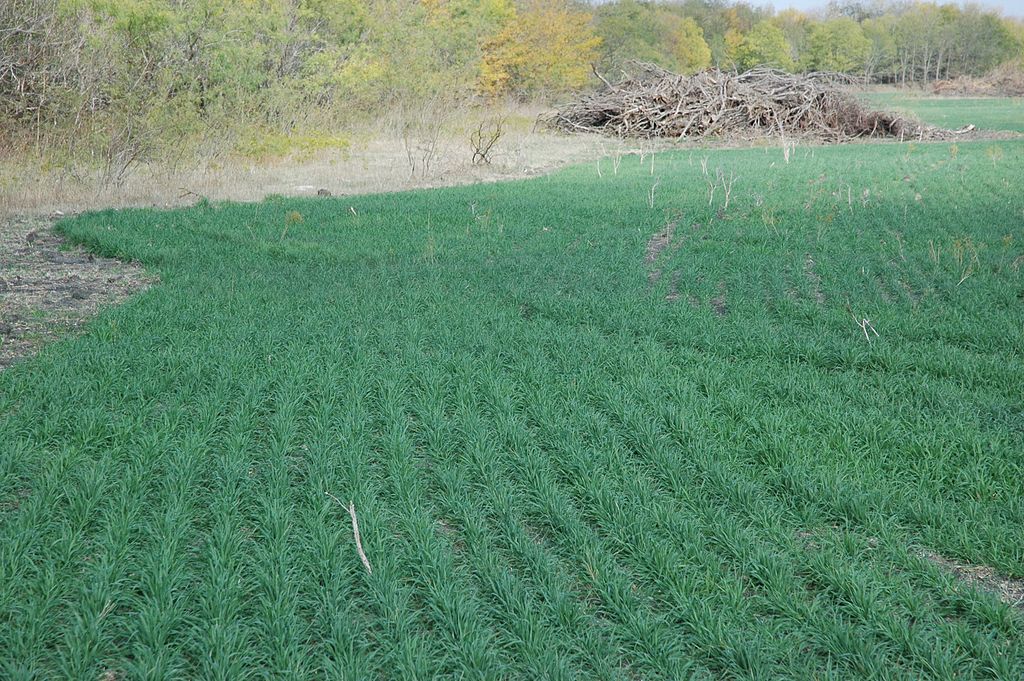Cover Crops May Be Used to Mitigate and Adapt to Climate Change
Published: April 17, 2017
Climate-change mitigation and adaptation may be additional, important ecosystem services provided by cover crops, said Jason Kaye, professor of soil biogeochemistry in the College of Agricultural Sciences. He suggested that the climate-change mitigation potential of cover crops is significant, comparable to other practices, such as no-till.
“Many people have been promoting no-till as a climate-mitigation tool, so finding that cover crops are comparable to no-till means there is another valuable tool in the toolbox for agricultural climate mitigation,” he said.
In a recent issue of Agronomy for Sustainable Development — the official journal of the French National Institute for Agricultural Research, Europe’s top agricultural research institute and the world’s number two center for the agricultural sciences — Kaye contends that cover cropping can be an adaptive management tool to maintain yields and minimize nitrogen losses as the climate warms.
Collaborating with Miguel Quemada in the Department of Agriculture Production at the Technical University of Madrid in Spain, Kaye reviewed cover-cropping initiatives in Pennsylvania and central Spain. He said that lessons learned from cover cropping in those contrasting regions show that the strategy has merit in a warming world.
The researchers concluded that cover-crop effects on greenhouse-gas fluxes typically mitigate warming by 100-150 grams of carbon per square meter per year, which is comparable to, and perhaps higher than, mitigation from transitioning to no-till. The key ways that cover crops mitigate climate change from greenhouse-gas fluxes are by increasing soil carbon sequestration and reducing fertilizer use after legume cover crops.
“Perhaps most significant, the surface albedo change — the proportion of energy from sunlight reflecting off of farm fields due to cover cropping — calculated for the first time in our review using case-study sites in central Spain and Pennsylvania, may mitigate 12 to 46 grams of carbon per square meter per year over a 100-year time horizon,” Kaye wrote.

